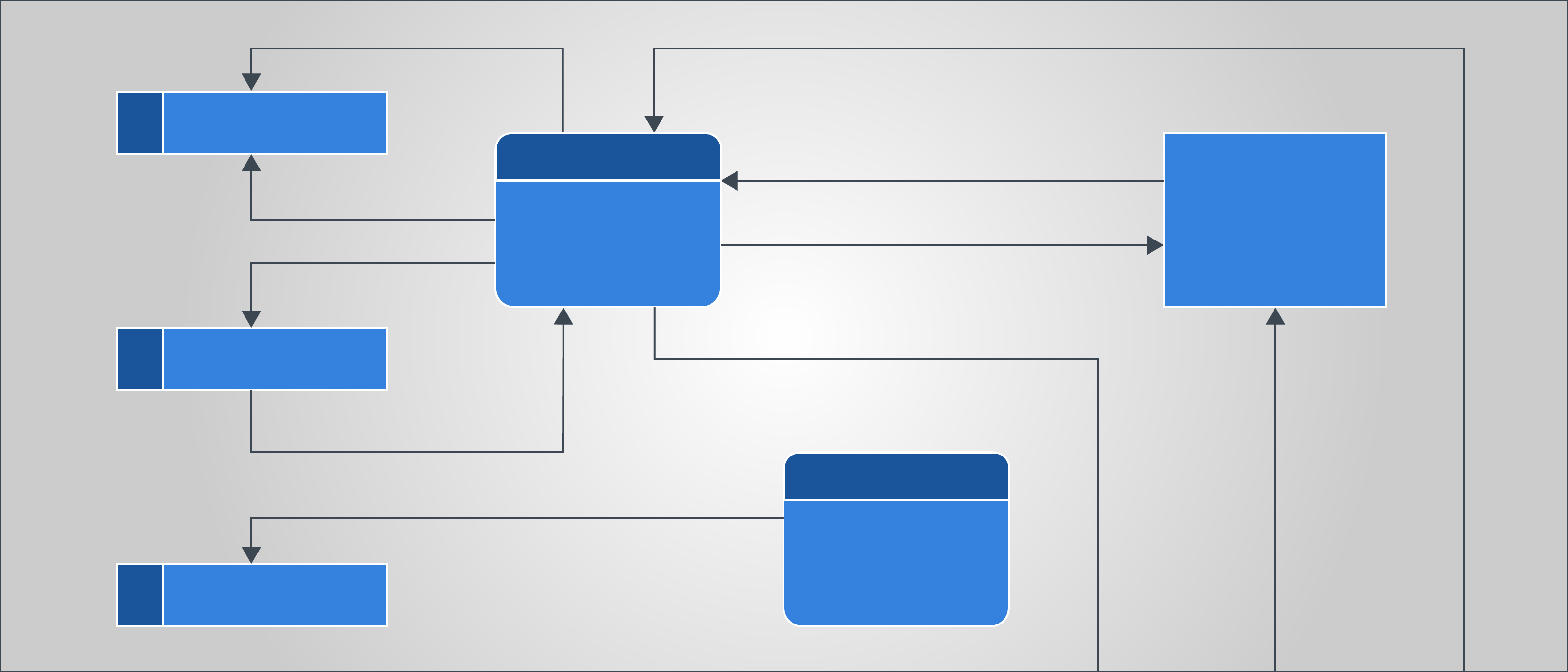

The work is organized as a project, RAIRD – Remote Access Infrastructure for Register Data 1 Statistics Norway and the Norwegian Social Science Data Services (NSD) aim at establishing a national research infrastructure providing easy access to large amounts of rich high-quality statistical data for scientific research while at the same time managing statistical confidentiality and protecting the integrity of the data subjects. Data may also be combined in ways that give longitudinal data. The data may be combined and presented as cross section data. Data with identifiers are stored and accumulated over time. The common identifiers (persons and economic units) give Statistics Norway the possibility to link information from different sources (administrative and own statistical surveys). Statistics Norway also has close cooperation with administrative registers like the Population Registers and Central Coordinating Register for Legal Entities. In Norwegian official statistics there is wide use of administrative data. These principles of confidentiality are normally legal founded and are common for official statistics in most countries.

For register data this user demand has to be met in a way that is in accordance with the principles of data protection and confidentiality for micro data. There is an increasing demand for access to micro data from researchers and for empirical research based on register data from public government. List of Figures Figure 1: System Overview Figure 2 Unit Data Structure Figure 3: Datum-based Data Structure Figure 4: Populations and Units Figure 5: Unit Relationships Figure 6: Data Sets Figure 7: Concept Figure 8: Population Figure 9: Variable and Represented Variable Figure 10: Instance Variable Figure 11: RIM Represented Variable extension Figure 12: Node Figure 13: Disclosure Risk Assessment Figure 14: Disclosure - Corrective Actions Figure 15: Design Processes Figure 16: Run Process Figure 17: Accredit Institutions and Manage Users Process Flow Figure 18: Accreditation Figure 19: Researcher Access Request Process Descriptions 10.1 The GSIM Process Model 10.2 Load Event History Data Store Process 10.3 Interact with the Virtual Research Environment Process 10.4 Control of Disclosure Risk Process 10.5 Accredit Institutions and Manage Users Process i) Standard users ii) Specific, large users iii) Institutions with special requirements within health registers iv) Students 11.

Disclosure Control Rules and Risk Minimization Actions 9.1 GSIM and Disclosure Control 9.2 RIM Model 10.

Concepts, Classifications, Variables and Related Metadata 8.1 Concepts 8.2 Units, Unit Types, and Populations 8.3 Variables 8.4 Value Domains, Statistical Classifications, and Codelists 9. Topics and Concepts for Organization of Data 7.1 Requirements for Topic and Variable Navigation 7.2 GSIM – Mapping to RIM Requirements 7.3 Administrative Details 8. Provisional and Final Outputs 6.1 RAIRD Requirements 6.2 The GSIM Dimensional Data Model 7. Analysis Data Sets 5.1 GSIM and Unit Data 5.2 Analysis Data in RIM 6. Input Data and the Event History Data Store 4.1 A Simple Example 4.2 GSIM Unit Data Structure 4.3 Datum-Based Data Structure 5. RAIRD Information Model (RIM) 2.1 RIM Design Principles 2.2 Extending the model 2.3 Notation 3. If you re-use all or part of this work, please attribute it jointly to Statistics Norway and the Norwegian Social Science Data Services.Ĭontents 1. This work is licensed under the Creative Commons Attribution 4.0 International License. Incorporated feedback on v0.9 from Atle Alvheim, Arofan Gregory, Johan Heldal, Anne Gro Hustoft, Terje Risberg and Ørnulf Risnes.Ĭhange to the attribution text for Creative Commons on v0.99.


 0 kommentar(er)
0 kommentar(er)
